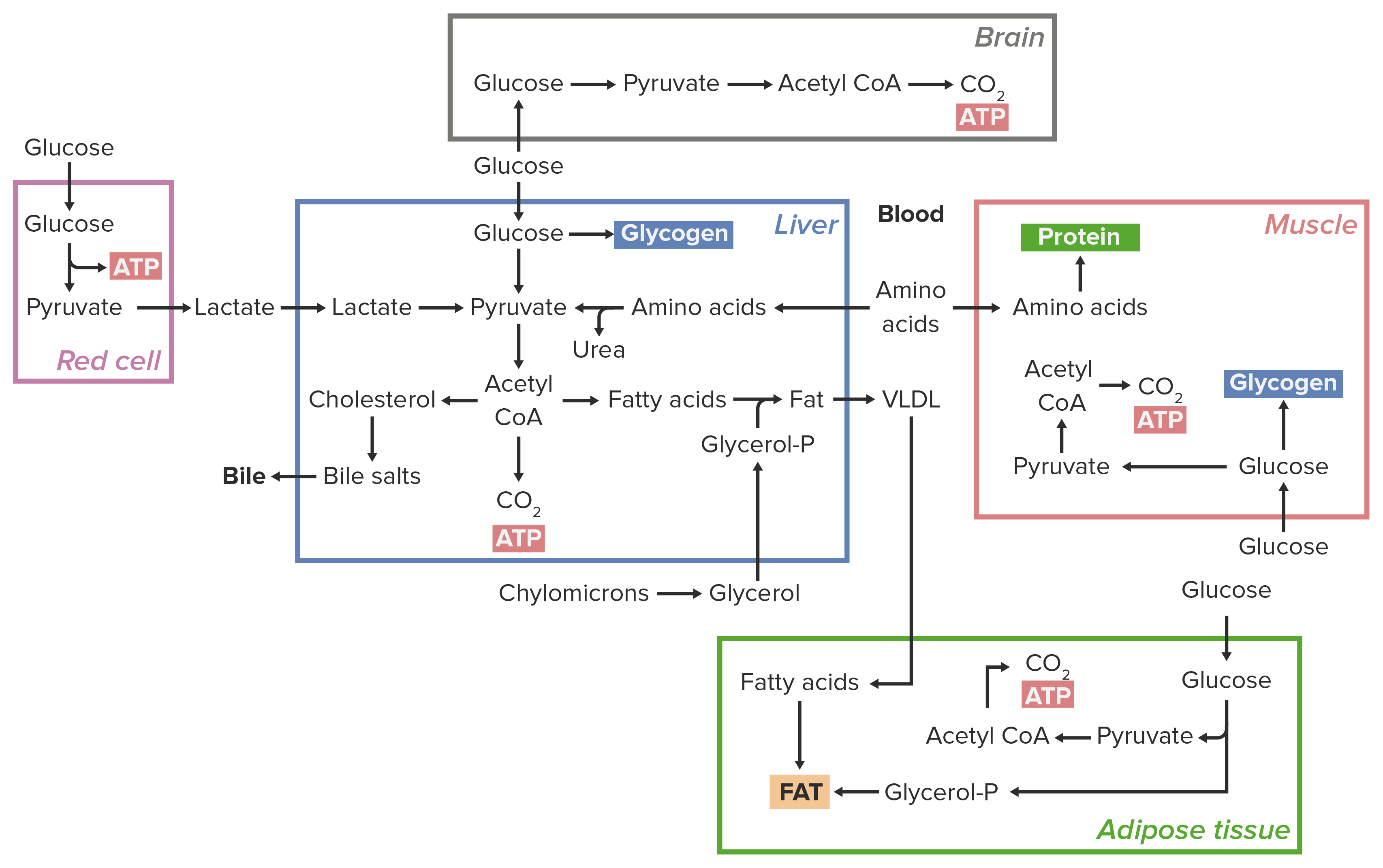Playlist
Show Playlist
Hide Playlist
Activation Energy of Reactions
-
Slides 14 EnergyEnzymesMetabolism CellBiology.pdf
-
Download Lecture Overview
00:00 Enzymes are critical in bringing substrates together in the correct orientation and this is how they can decrease the activation energy. 00:10 So if we want to break glucose, it's nice to have an enzyme to grab on to it and literally twig it a little bit so we can break it. 00:17 Here is an example that I'd like to use about decreasing the activation energy or acting as a catalyst. 00:24 Let's say I'm the person in red in this image, and I have a friend on one coast of the country, and I have a friend on the other coast of the country, and I think that they probably should get together. 00:40 They could eventually bump into each other maybe somewhere else in the world but I could decrease the time it took for them to bump into each other simply by introducing them, and then they fall in love and they live happily ever after. 00:56 I have acted as a catalyst bringing my two friends together. 01:00 So my catalytic activity has helped them meet each other much more quickly than they would had they left at two random chance. 01:10 So enzymes bring things together in the correct orientation so that these metabolic reactions can continue inside the cell at a rate that's acceptable to run cellular processes. 01:23 So enzymes act as a catalyst by grabbing onto a molecule, in this case we've got a molecule with two parts to it and the substrate fits into the enzyme. The enzyme does its magic as an enzyme-substrate complex. 01:40 It may twig and twerk its protein molecules, so it can twist and turn, and boom break the bond and release this one molecule as two pieces. 01:52 So the enzyme has an active site that fits one molecule, or it could work in the other direction where the two molecules come in it twigs and pops and add some energy and sticks those together. 02:04 So enzymes are critical to having metabolic pathways work.
About the Lecture
The lecture Activation Energy of Reactions by Georgina Cornwall, PhD is from the course Energy, Enzymes and Metabolism.
Included Quiz Questions
Which of the following is TRUE about enzymes?
- Enzymes reduce the activation energy of reactions.
- Enzymes increase the activation energy of reactions.
- Enzymes slow down reactions.
- Enzymes are formed when two substrates react.
- Enzymes are broken down when their substrates come into contact with the activation site.
Customer reviews
5,0 of 5 stars
| 5 Stars |
|
1 |
| 4 Stars |
|
0 |
| 3 Stars |
|
0 |
| 2 Stars |
|
0 |
| 1 Star |
|
0 |
Great enzyme analogy! Enzyme is the friend who puts his two other friends in contact with each other so that they can start talking and dating ;)




